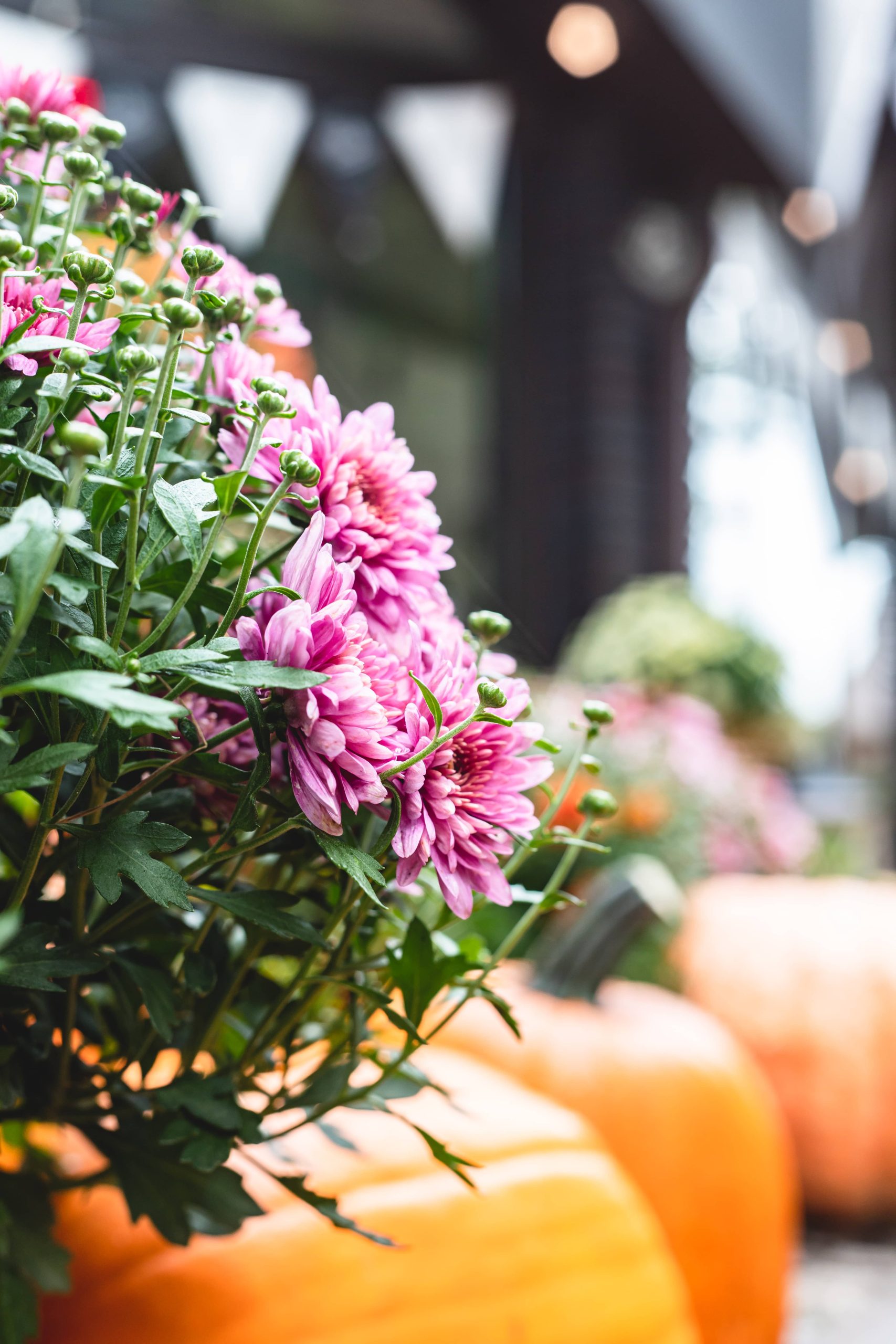
As we embrace the beauty of the changing seasons, one delightful task for home and garden enthusiasts is moving indoor plants outdoors. This transition can invigorate your plants with fresh air, natural sunlight, and a taste of rainwater, leading to healthier and more vibrant growth. However, successfully moving plants from indoors to outdoors requires careful consideration and planning to ensure a stress-free transition. In this post, we will explore key tips for safely transferring your beloved indoor plants to the great outdoors.
Understanding Your Plant’s Needs
Before moving your plants outside, it’s essential to understand their specific needs. Not all indoor plants are suited to outdoor life, even temporarily. Tropical plants, for example, prefer the warmth of indoor environments, whereas hardy ferns and succulents may thrive outdoors.
Start by researching your specific plants’ light, temperature, and humidity requirements. This knowledge will guide you in choosing the right outdoor location. Some plants prefer partial shade, while others bask in full sunlight. Similarly, while some plants can handle cooler temperatures, others are sensitive and should only be moved outdoors when conditions are favorable.
Timing the Transition
Timing is crucial when moving plants outdoors. Aim to make the transition when night temperatures consistently stay above 50°F (10°C). Late spring to early summer is usually ideal for most plants, as the risk of frost has typically passed, and plants can benefit from the growth-friendly warmth.
Acclimation is Key
Once temperatures are suitable, it’s time to acclimate your plants to their new environment—a process also known as “hardening off.” Abruptly exposing plants to outdoor conditions can lead to shock, characterized by wilting, sunburn, or stunted growth.
Start by placing your plants in a shaded, sheltered outdoor area for a few hours each day. Gradually increase their exposure to direct sunlight and longer outdoor periods over one to two weeks. A careful acclimation process allows plants to adjust to changes in light, temperature, and humidity, minimizing the stress of transition.
Choosing the Right Spot
Selecting the perfect spot for your plants is essential for their continued health. Consider a location that mirrors the conditions your plants thrived in indoors. Initially, a semi-shaded area protected from harsh winds and direct afternoon sun is ideal. Pay attention to how sunlight shifts throughout the day and ensure the plants aren’t at risk of being scorched during peak sun hours.
Protect from Pests and Elements
Outdoor environments expose plants to new challenges, such as pests and heavy rainfall. Although rainwater is typically beneficial, its force can damage delicate plants. Consider using a plant-friendly shelter, like a shade cloth or pergola, during extreme weather conditions.
Moreover, monitor your plants for signs of pests like aphids, snails, or caterpillars. Regularly inspect leaves, stems, and soil for any unusual activity and employ organic pesticides or beneficial insects as needed to manage infestations without harming your plants.
Maintain Proper Watering
Indoor plants may require different watering regimes outdoors. Outdoor conditions, including wind, sun, and rain, impact soil moisture levels. Check the moisture of the soil regularly by inserting your finger one inch into the soil—if it feels dry, it’s time to water.
Be mindful of overwatering due to rain, especially if the outdoor area has poor drainage. Consider raising pots or using saucers to prevent waterlogging, which can lead to root rot.
Fertilization and Pruning
Outdoor conditions can encourage rapid growth, increasing the need for nutrients. Feeding your plants with a balanced, slow-release fertilizer can support this growth. However, exercise caution, as too much fertilizer can cause leaf burn and other issues.
Pruning outdoor plants may also be necessary to shape growth, improve airflow, and remove dead or diseased tissues.
Preparing for the Return Indoors
As the growing season ends and cooler temperatures approach, it’s time to plan the transition back indoors. Reverse the acclimation process by gradually reducing the time plants spend outdoors before returning them inside to avoid shock.
During this period, inspect plants thoroughly for pests and diseases. Treat any issues to prevent them from spreading to your indoor garden. Clean pots and trim excess growth to rejuvenate your plants for the indoor season.
Conclusion
Transitioning indoor plants to outdoor environments can significantly benefit their growth and vigor, but the process requires delicate care and attention to detail. By understanding your plants’ specific needs, timing the transition carefully, acclimating them gradually, and providing ongoing care, you can enjoy a thriving indoor and outdoor garden that celebrates the beauty of each season.
Whether you’re a seasoned gardener or a budding home and garden enthusiast, these tips will help ensure your plants are well-prepared for their outdoor adventure and will thrive until it’s time to bring them back home. Happy gardening!







